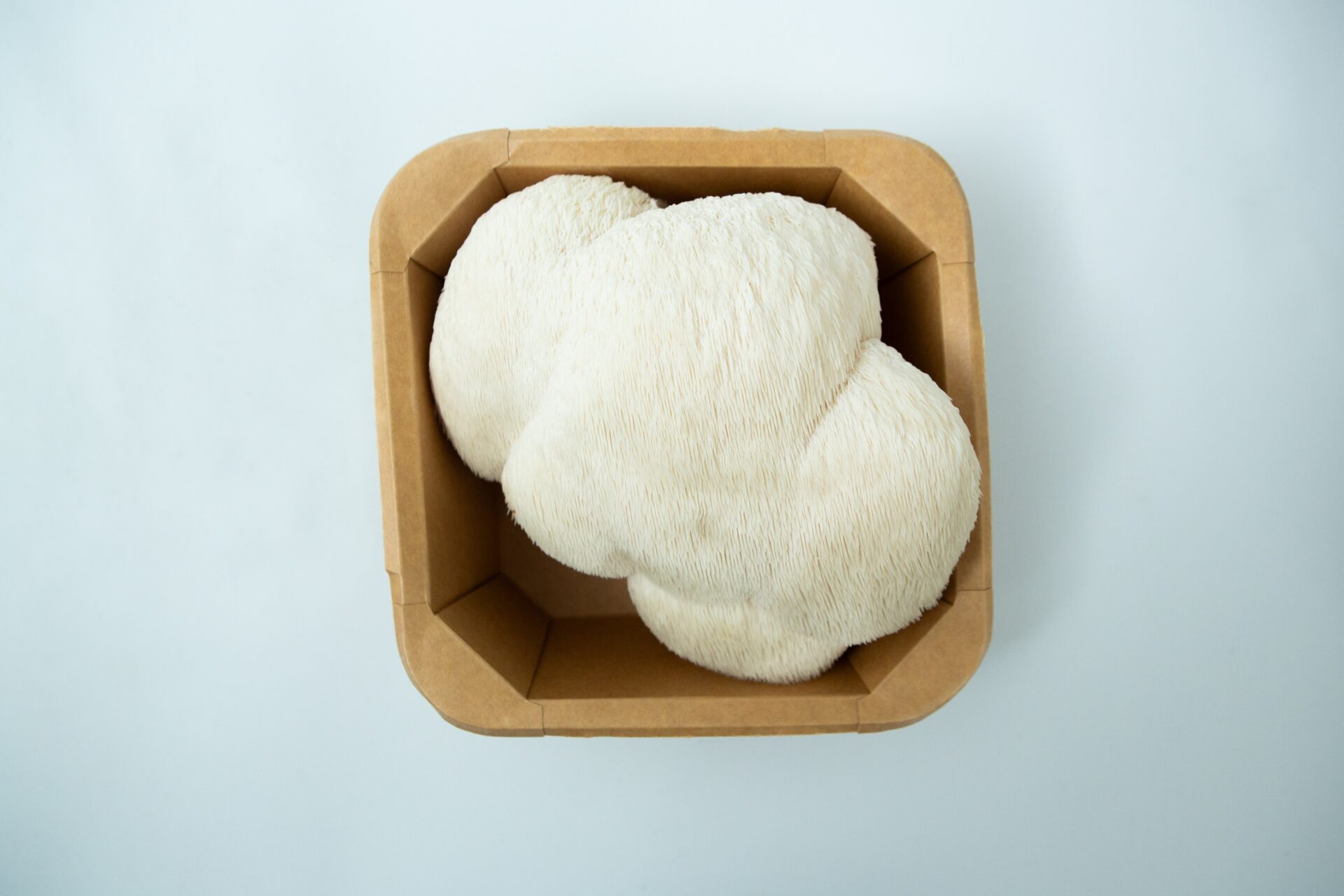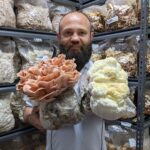Since this artile was written- Australia has leagalised to import of Hericium Erinaceus , unfortunately WA still prohibits it, people can apply for a licence to import Lions mane legally into WA, Rootlab can help with licensing free of cost. Our products are approved to be sent to WA if the permit is granted.

Introduction
In Australia, the buzz around “Australian Grown Lion’s Mane” is not just about a mushroom; it’s a story of misidentification and market confusion. “Not everything that roars is a Lion’s Mane,” a saying that rings particularly true in the case of Australia’s medicinal mushroom market. Amidst the global surge in interest, the Lion’s Mane mushroom (Hericium erinaceus), recognized for its unique look and cognitive benefits, is at the heart of a notable controversy. The primary issue revolves around the frequent mix-up and substitution of Lion’s Mane with a similar species, the Coral Tooth Mushroom (Hericium coralloides), often marketed as the “Australian Lion’s Mane” or “Aussie Lion’s Mane”.
The Misidentification Issue
In the “Lion’s Mane Australia” market, most suppliers actually offer Hericium coralloides as Lion’s Mane, exploiting its resemblance to the authentic species. This trend is partly due to unique regulatory conditions in Australia. Historically, Australian laws have imposed restrictions on the use of true Lion’s Mane, leading suppliers to favor the Coral Tooth Mushroom. As a result, consumers often end up buying Hericium coralloides, believing it to be the real Lion’s Mane.

Inconsistencies in Lion’s Mane Classification
The legal framework around “Lion’s Mane Australia” presents a complex picture. Selling actual Lion’s Mane is legal in various forms, including mushroom kits, fresh mushrooms, and even dried mushrooms and extracts. However, the scenario changes dramatically when it comes to its powdered form, which is considered a “novel food” and is not allowed to be sold as food in Australia. This classification creates a paradox in the regulation of Lion’s Mane, especially when the form of the mushroom, rather than its intrinsic qualities, determines its legality.
Consumer Impact
The mislabelling of Coral Tooth as “Lion’s Mane Australia” not only misleads consumers but also potentially deprives them of the specific benefits of the true Lion’s Mane mushroom. Although Coral Tooth Mushroom is related, its health benefits might significantly differ from those of Lion’s Mane.
Navigating the Market
To ensure they are purchasing genuine “Lion’s Mane Australia”, consumers should verify the scientific name of the mushroom with suppliers. The authentic Lion’s Mane is Hericium erinaceus, while the frequently used substitute is Hericium coralloides. Confirming the scientific name is key to differentiating between the real product and its look-alike.
When inquiring about Lion’s Mane products in Australia, it’s important to ask suppliers for the scientific name of the mushroom they’re offering. If a supplier responds with technical jargon or any name other than Hericium erinaceus, the true Lion’s Mane, it’s wise to consider another supplier. This question is straightforward and should be met with a clear, simple answer. Ensuring you receive the correct scientific name will help you avoid purchasing a substitute like Hericium coralloides and guarantee you’re getting the genuine product with its specific potential medicinal benefits.
A DIY Solution
For those looking to avoid the confusion in the Australian Lion’s Mane market, growing Lion’s Mane mushrooms at home is a viable alternative. DIY cultivation kits, widely available in Australia, offer a guaranteed way to enjoy the authentic benefits of Lion’s Mane.
Conclusion
The dilemma surrounding Lion’s Mane in Australia highlights a wider concern in the health supplement sector: the crucial importance of precise, truthful labeling and the education of consumers. As the regulatory landscape changes and the market for medicinal mushrooms like Lion’s Mane in Australia expands, it becomes increasingly vital for consumers to stay alert and well-informed. Navigating the complexities of Lion’s Mane in Australia requires diligence and a thorough understanding, but for those who approach it with knowledge and caution, the journey can be immensely fulfilling. This case not only sheds light on the specific issue of Lion’s Mane in Australia but also echoes a universal call for transparency and consumer awareness in the health supplement industry.
Former owner of That Mushroom Guy, which was acquired by Rootlab in September 2025.








